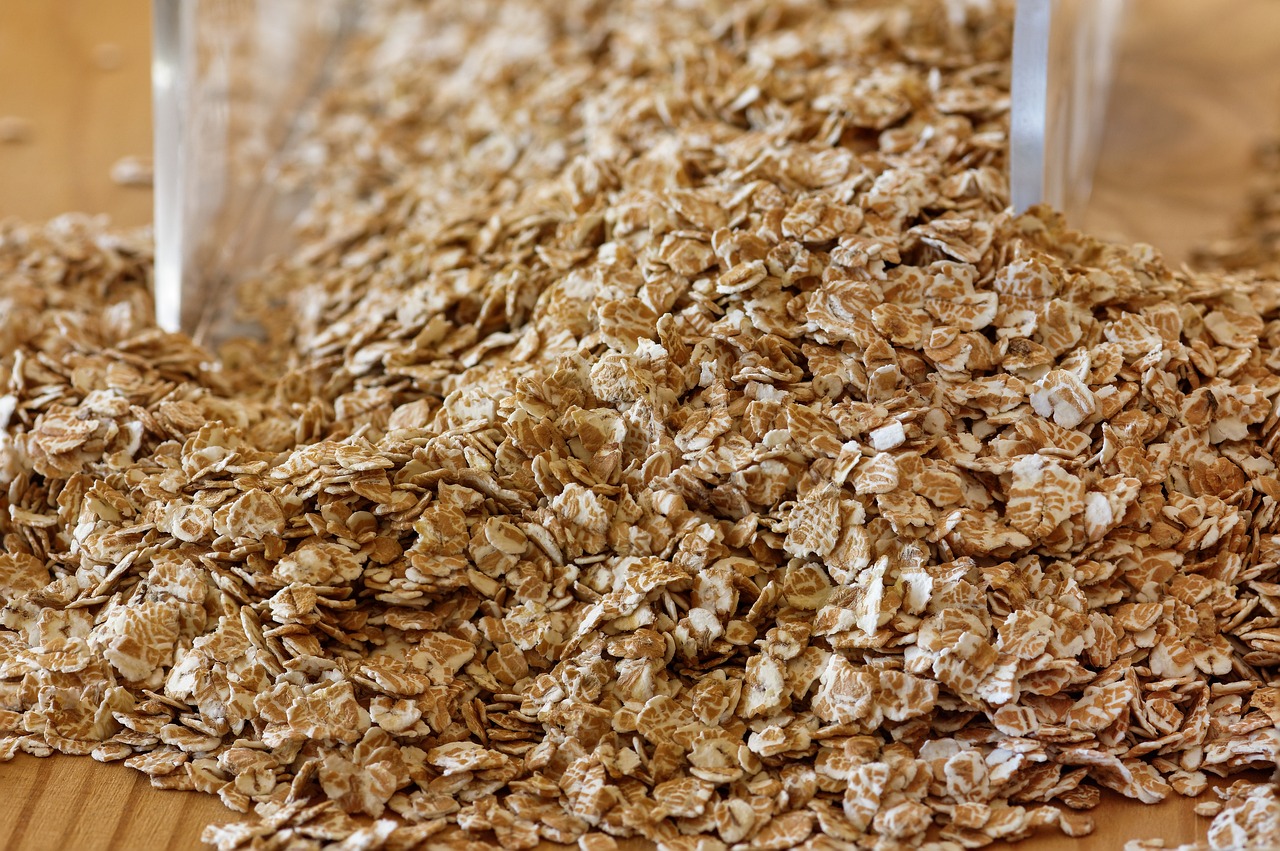A nutritious diet is vital for maintaining cognitive health in seniors, and we recently touched on some foods you should avoid to stay healthy while aging. While there are a wide variety of healthy options, we have yet to touch on one that plays a big role in a balanced diet – whole grains. Rich in essential nutrients, these grains can positively impact brain function and overall well-being. Today, we want to take a closer look at the benefits of whole grains and explore how to easily incorporate these nutritious foods into your daily meals.
Whole Grains and Their Impact on Cognitive Health
Whole grains contain all three of their original parts: the bran, germ, and endosperm. The bran is the grain’s outer skin, rich in fiber, antioxidants, and B vitamins. ‘Germ’ refers to the embryo of the seed, packed with nutrients, including vitamin E, B vitamins, and healthy fats. Finally, the largest part of whole grains is the endosperm portion, which provides essential carbohydrates and some protein. This combination makes whole grains a powerhouse of nutrition, offering a balance of vitamins, minerals, and fiber that are key to maintaining good health and supporting cognitive function in seniors.
To use an example we are all familiar with – rice. Most people know that brown rice has some benefits compared to white rice, even if they don’t exactly know why. In essence, white rice consists almost entirely of the endosperm of the original brown rice, with the bran and germ removed. When you remove these parts of the rice (and other grains), you are losing out on key components that made these healthy options healthy in the first place.
Studies show a consistent association between whole grain consumption and reduced mood disorders like depression and anxiety, although the direct impact on cognitive decline remains inconclusive. A high intake of whole grains is linked to better cognitive function, as studies show that consuming more than three servings of whole grains daily is linked to slower rates of cognitive decline.
Apart from cognitive benefits, whole grains are instrumental in reducing the risk of heart disease and type 2 diabetes. For seniors looking to lower harmful cholesterol levels and manage their weight, whole grains are another tool you can add to your repertoire.
Practical Tips for Introducing Whole Grains
- Breakfast:
- Swap traditional breakfast cereals with whole-grain options like oatmeal or whole-wheat bran flakes.
- Use whole-grain bread or bagels for toast and sandwiches.
- Incorporate whole grains like quinoa or buckwheat into morning meals.
- Lunch:
- Opt for whole-grain bread or wraps for sandwiches.
- Add barley or farro to salads for a nutritious, filling lunch.
- Use whole-grain pita bread for a healthier version of your favorite sandwiches.
- Dinner:
- Replace white rice with brown rice when possible in meals.
- Choose whole-grain pastas for a healthier pasta dish.
- Include a side of whole-grain quinoa with your meals.
- Snacks:
- Snack on whole-grain crackers topped with your favorite cheese or healthy spread.
- Opt for popcorn, a whole grain, for a light and healthy snack.
- Try whole-grain muffins or breads for a filling and nutritious snack option.
How to Identify Whole Grain Products
Identifying whole grain products starts with reading the nutritional labels, as marketing labels can sometimes get confusing. Look for terms in ingredient lists that include ‘whole grain,’ ensuring you get the full nutritional benefits. The Whole Grain Stamp on packaging is also a reliable indicator. However, be cautious with terms like “multigrain” or “stoneground,” as they don’t always mean the product is whole grain. The key is to check if the first ingredient listed contains the word “whole.”
A Banyan Residence is an assisted living and memory care center in The Villages, Florida. Call today to learn more about how our staff can help you or your family member adjust to a new, healthy life in our facility.







